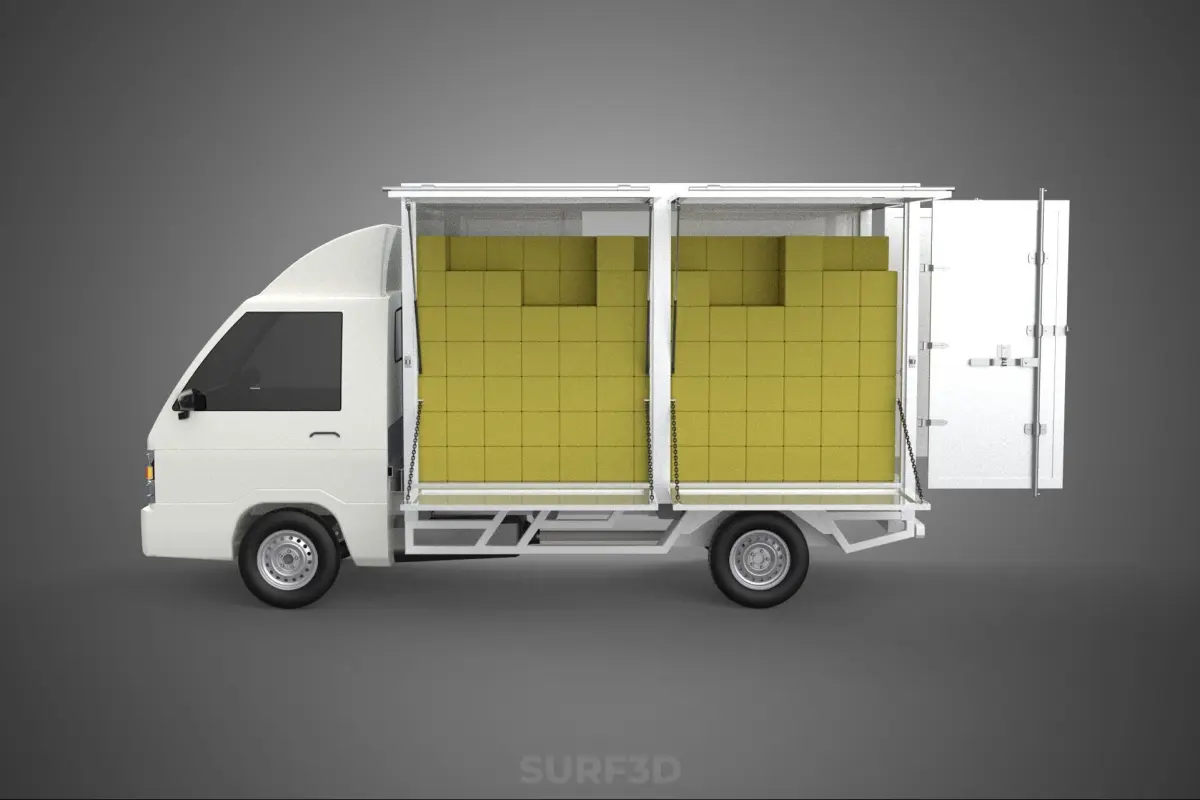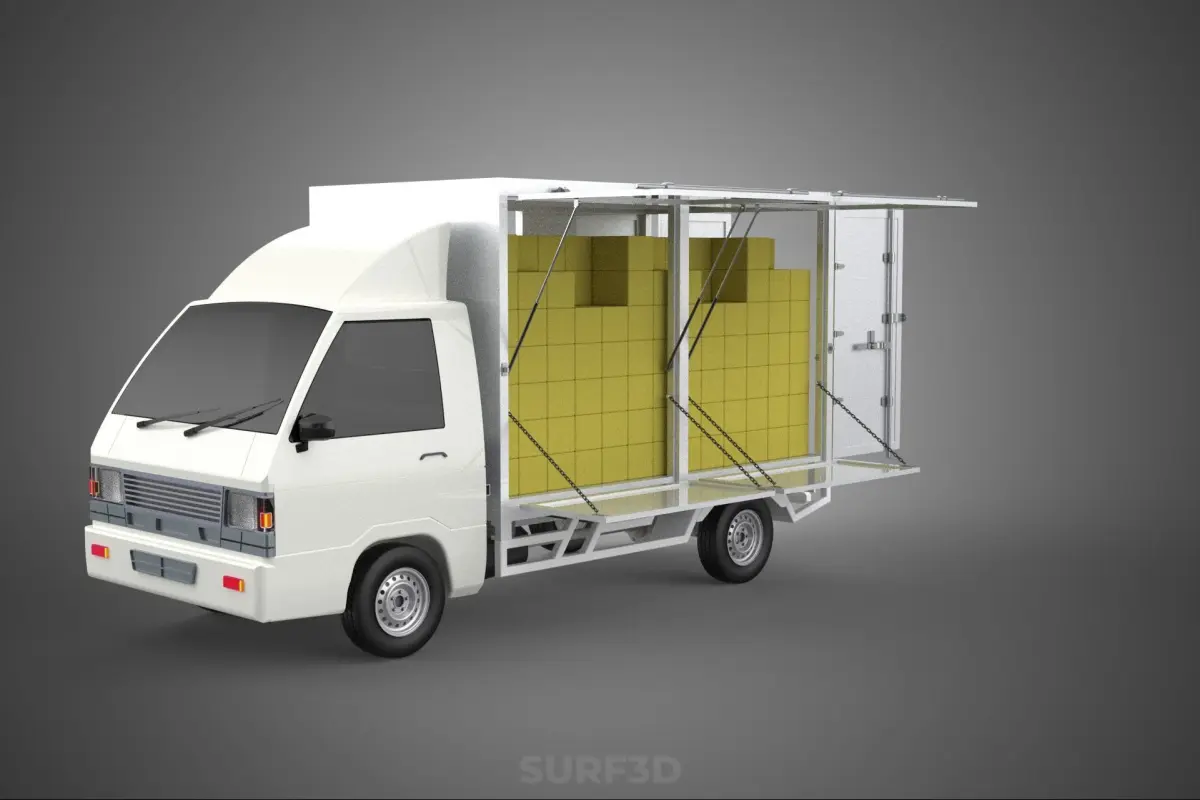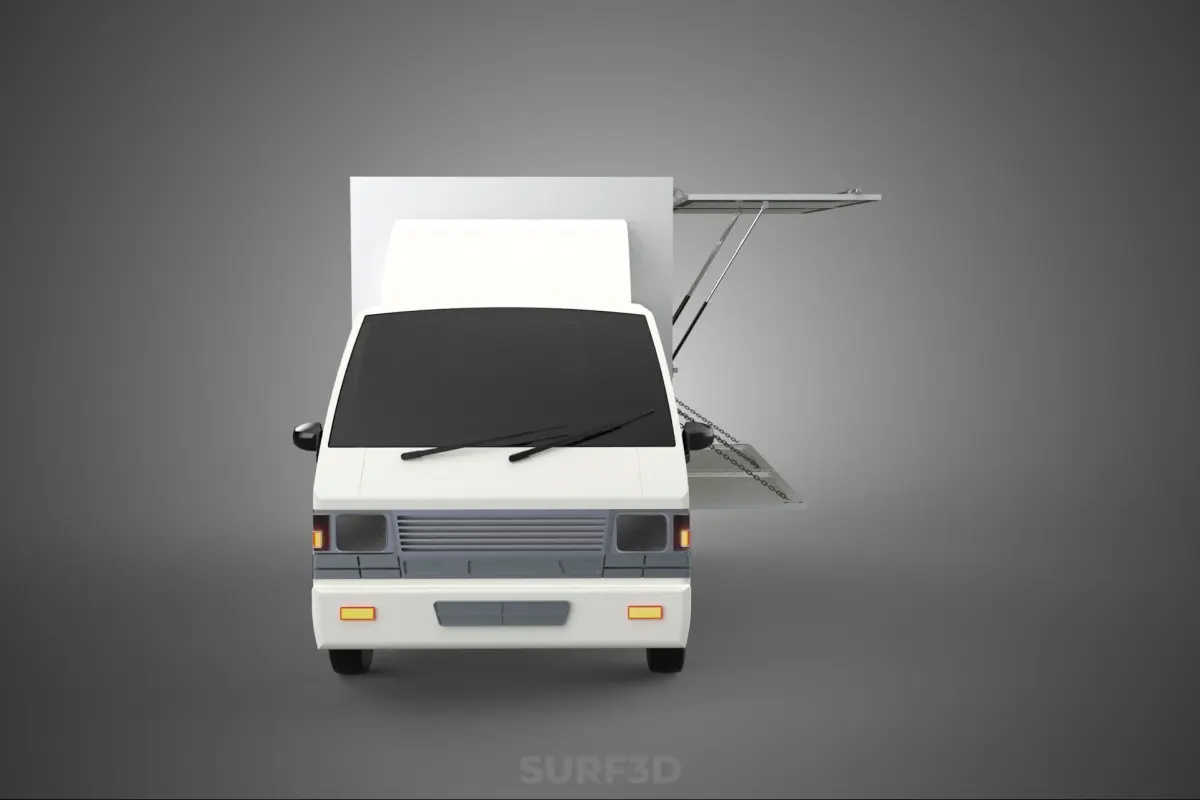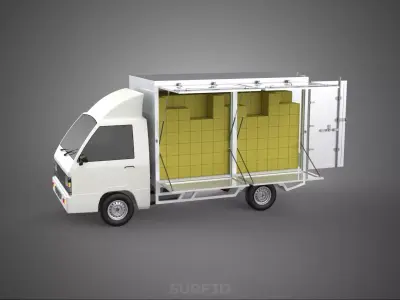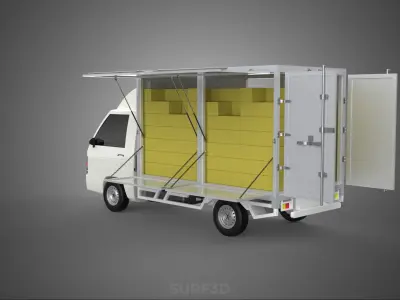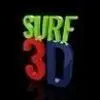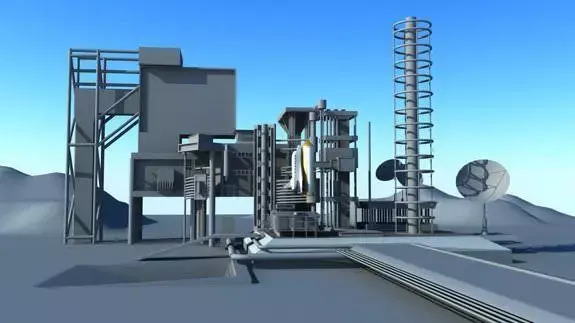- Description
- Formats
High-quality 3D assets at affordable prices — trusted by designers, engineers, and creators worldwide. Made with care to be versatile, accessible, and ready for your pipeline.
Included File Formats
This model is provided in 14 widely supported formats, ensuring maximum compatibility:
• - FBX (.fbx) – Standard format for most 3D software and pipelines
• - OBJ + MTL (.obj, .mtl) – Wavefront format, widely used and compatible
• - STL (.stl) – Exported mesh geometry; may be suitable for 3D printing with adjustments
• - STEP (.step, .stp) – CAD format using NURBS surfaces
• - IGES (.iges, .igs) – Common format for CAD/CAM and engineering workflows (NURBS)
• - SAT (.sat) – ACIS solid model format (NURBS)
• - DAE (.dae) – Collada format for 3D applications and animations
• - glTF (.glb) – Modern, lightweight format for web, AR, and real-time engines
• - 3DS (.3ds) – Legacy format with broad software support
• - 3ds Max (.max) – Provided for 3ds Max users
• - Blender (.blend) – Provided for Blender users
• - SketchUp (.skp) – Compatible with all SketchUp versions
• - AutoCAD (.dwg) – Suitable for technical and architectural workflows
• - Rhino (.3dm) – Provided for Rhino users
Model Info
• - All files are checked and tested for integrity and correct content
• - Geometry uses real-world scale; model resolution varies depending on the product (high or low poly)
• • - Scene setup and mesh structure may vary depending on model complexity
• - Rendered using Luxion KeyShot
• - Affordable price with professional detailing
Buy with confidence. Quality and compatibility guaranteed.
If you have any questions about the file formats, feel free to send us a message — we're happy to assist you!
Sincerely,
SURF3D
Trusted source for professional and affordable 3D models.
More Information About 3D Model :
This phrase, while not a standardized technical term, is a composite descriptor encompassing a complex system of logistics and transportation centred around the road-based movement of goods. It collectively refers to the interconnected elements involved in collecting, sorting, transporting, and delivering items ranging from small parcels and boxes to larger freight and cargo, primarily utilizing trucks and similar commercial vehicles.
At its core, the concept described involves the physical movement of tangible items (packages, boxes, freight, cargo) from a point of origin to a destination. This process is facilitated by a service (courier, delivery, shipping) which manages the logistics, handling, and transit. The primary mode of transport highlighted is the use of vehicles operating on road networks, specifically trucks, which vary significantly in size and capacity depending on the type and volume of goods being transported. The term CAR in this context typically refers to a vehicle functioning as a carrier or transport unit within the system, often implicitly understood as a commercial delivery vehicle rather than a passenger automobile.
The system can be broadly segmented based on the nature of the goods and the associated service level:
- Package/Box/Courier/Delivery: This segment typically deals with smaller, individually addressed items, often consolidated into larger shipments for part of the journey but requiring individual handling for collection and final delivery. Courier services specialize in the rapid, often time-sensitive, transport of such items, emphasizing tracking and accountability. Delivery refers to the final stage of bringing the item directly to the recipient. Vehicles used here often include vans and smaller box trucks optimized for urban and suburban last-mile delivery.
- Freight/Cargo/Shipping/Truck: This segment pertains to larger consignments, often palletized, containerized, or bulk goods. Freight refers to goods transported in bulk by truck, rail, ship, or air, while cargo is a similar term, often used in the context of large shipments by vessel, aircraft, or truck. Shipping broadly describes the process of transporting goods, with road shipping being a significant component. Trucks, particularly medium to heavy-duty articulated trucks (lorries) and rigid trucks, are the primary vehicles for inter-city and regional freight transport, connecting distribution centres, warehouses, manufacturing plants, and ports. This involves line-haul transport, often over long distances, as part of a broader supply chain.
The operational process involves several stages:
- Collection: Picking up goods from the sender or a consolidation point.
- Sorting: Processing goods at depots or hubs based on destination and service type.
- Line Haul: Transporting goods between major hubs, often using larger trucks.
- Local Distribution: Moving goods from regional hubs to local delivery areas.
- Last Mile Delivery: The final leg of the journey from a local depot to the recipient's address.
This system is a fundamental component of modern commerce, supporting e-commerce, retail distribution, manufacturing supply chains, and postal services. Its efficiency relies on infrastructure (roads, depots), technology (tracking, route optimization), and a workforce involved in driving, sorting, and handling. The increasing demand for rapid and granular delivery necessitates sophisticated logistical planning and a diverse fleet of vehicles tailored to specific tasks within the overall transport chain.
KEYWORDS: Package, Courier, Box, Delivery, Truck, Freight, Shipping, Cargo, Car, Transport, Logistics, Supply Chain, Road Transport, Commercial Vehicle, Van, Box Truck, Articulated Truck, Last Mile Delivery, Distribution, Sorting, Collection, Consignment, Parcel Service, Express Delivery, Ground Shipping, Road Freight, Commercial Transport, Warehouse, E-commerce Fulfillment, Transportation.
Features
- Animated
- Rigged
- Ready for 3D Printing
- VR / AR / Low-poly
- PBR
- Textures
- Materials
- UV Mapping
- Unwrapped UVs: Unknown
- Geometry: -
- Polygons: 1,788,924
- Vertices: 1,355,296
credited to its original author, «SURF3D». CGhub does not claim copyright ownership over the content used.
- Rhinoceros 3D ()65.1 MB
- AutoCAD ()39.6 MB
- glTF ()52.8 MB
- IGES ()52.6 MB
- Autodesk FBX ()54.4 MB
- OBJ () (2 files)179 MB
- Stereolithography ()85.3 MB
- STEP ()30.8 MB
- Other 30.8 MB
- Sketchup ()27.8 MB
- 3D ACIS ()110 MB
- Autodesk 3ds Max ()329 MB
- 3D Studio ()50.2 MB
- Blender ()157 MB
- Collada ()282 MB



